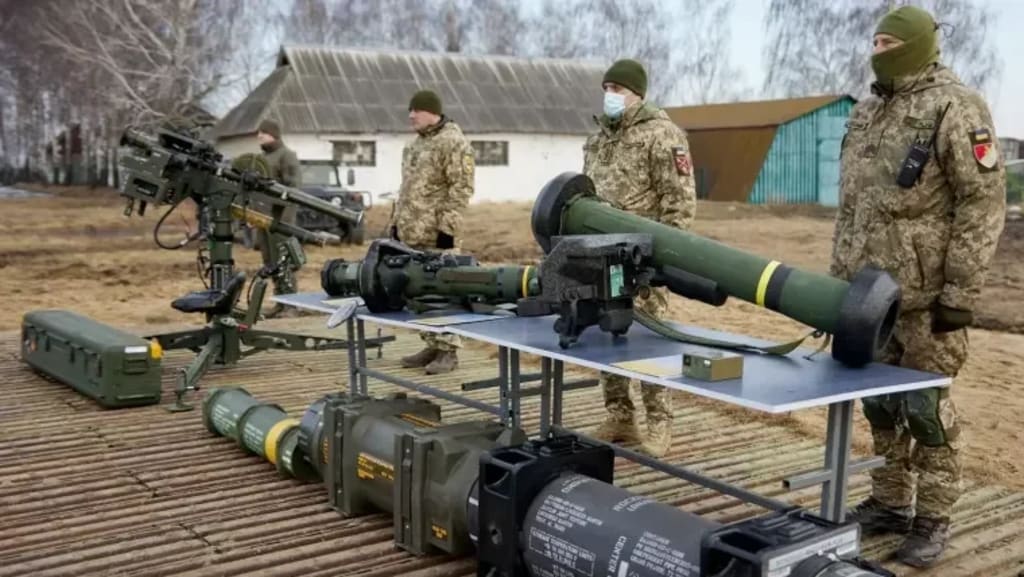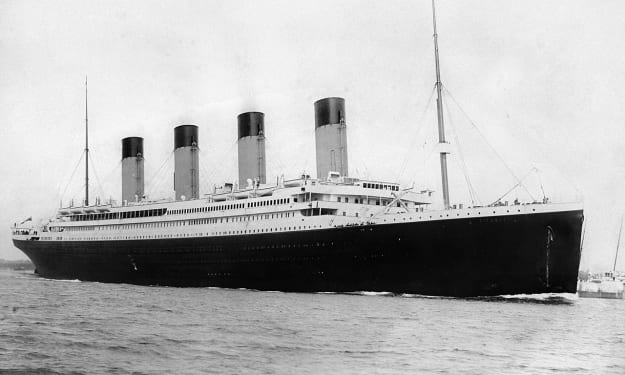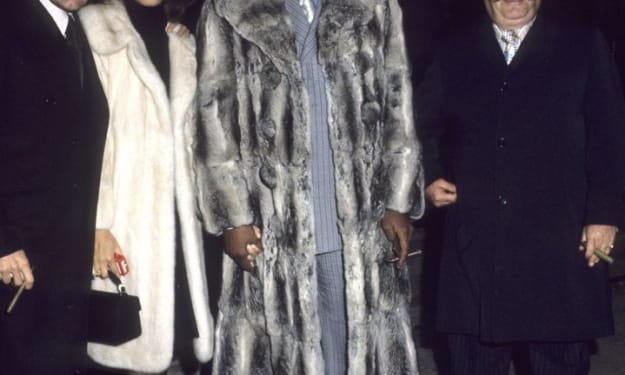Captured Weapons in Ukraine Pose Windfall for Iranian Defense Industry
Weapons in Ukraine

Introduction:
The ongoing conflict in Ukraine has resulted in a multitude of ramifications, both regionally and globally. Beyond the immediate humanitarian and political implications, there is a growing concern surrounding the fate of captured weapons and their potential impact on regional security. One country that stands to benefit from this situation is Iran, whose defense industry could experience a significant windfall as a result of acquiring captured Ukrainian weaponry. This article delves into the potential consequences of such a development, analyzing the risks and opportunities it presents.
The Ukrainian Conflict and Captured Weapons:
The conflict in Ukraine, which emerged in 2014, has witnessed the capture of various weapons by different factions involved in the fighting. These weapons range from small arms to heavy artillery and armored vehicles. As the situation continues to escalate, there is an increasing possibility that some of these captured weapons could end up in the hands of non-state actors or be traded on the black market. This scenario has raised concerns about potential consequences, including exacerbating regional conflicts and destabilizing neighboring countries.
Iran's Defense Industry:
Iran possesses a well-established defense industry, capable of producing a wide range of military equipment and weapons. Over the years, it has faced numerous international sanctions, limiting its access to advanced weaponry and spare parts. As a result, Iran has heavily invested in developing its domestic capabilities, seeking self-sufficiency in defense production. The acquisition of captured Ukrainian weapons could provide a significant boost to Iran's defense industry, offering access to new technologies and potential reverse engineering opportunities.
Opportunities for Iran:
The capture of Ukrainian weapons offers Iran several potential benefits. First and foremost, it would allow Iran to acquire advanced weaponry that it might otherwise struggle to obtain due to international embargoes. This could enhance Iran's military capabilities, enabling it to modernize its armed forces and potentially strengthen its influence in the region. Additionally, the captured weapons may provide valuable insights into the design, technology, and manufacturing processes employed by Ukraine. By reverse engineering these weapons, Iran could potentially develop similar or improved systems in-house, reducing its dependence on foreign suppliers.
Challenges and Risks:
While the acquisition of captured Ukrainian weapons presents opportunities for Iran, it also poses significant challenges and risks. The international community closely monitors arms transfers, particularly to countries with controversial track records. Any direct or indirect transfer of captured weapons from Ukraine to Iran could lead to diplomatic repercussions and potential sanctions. Moreover, the acquisition of foreign weaponry without proper documentation or approval can raise concerns about non-state actors obtaining such weapons. This could heighten regional tensions and jeopardize stability in the Middle East.
International Response and Implications:
The potential transfer of captured weapons from Ukraine to Iran has drawn attention from the international community. Countries with vested interests in regional stability, such as the United States, European Union member states, and neighboring Gulf countries, are likely to closely monitor the situation. These countries may employ diplomatic efforts, economic pressure, or other measures to prevent or mitigate the transfer of weapons to Iran. Such actions would aim to prevent a further escalation of conflicts in the region and maintain the existing balance of power.
Conclusion:
The capture of weapons in Ukraine during the ongoing conflict poses a windfall opportunity for Iran's defense industry. While it offers the potential for acquiring advanced weaponry and reverse engineering opportunities, it also carries significant risks and challenges. The international community must closely monitor and address the potential transfer of captured weapons to Iran to avoid exacerbating regional conflicts and destabilizing the already volatile situation in the Middle East. Effective diplomacy, international cooperation, and adherence to arms control agreements will be crucial in mitigating these risks and ensuring regional stability.
About the Creator
Enjoyed the story? Support the Creator.
Subscribe for free to receive all their stories in your feed. You could also pledge your support or give them a one-off tip, letting them know you appreciate their work.





Comments
There are no comments for this story
Be the first to respond and start the conversation.